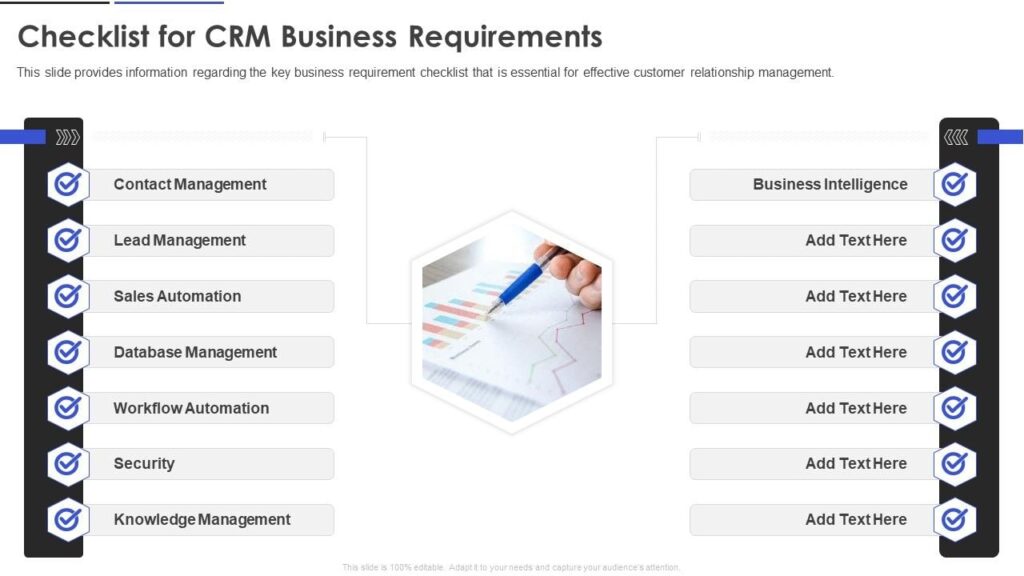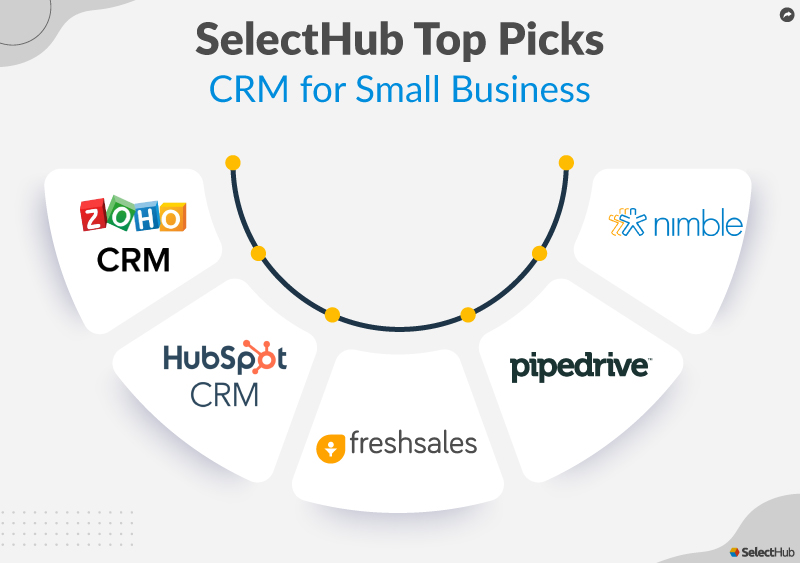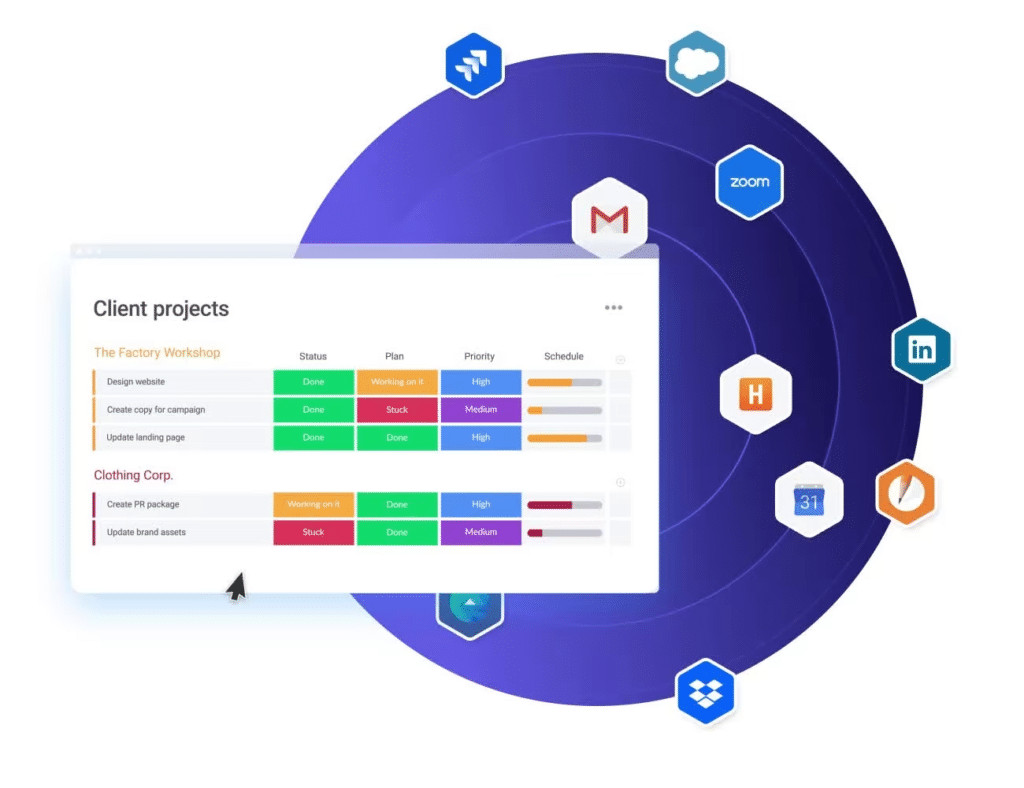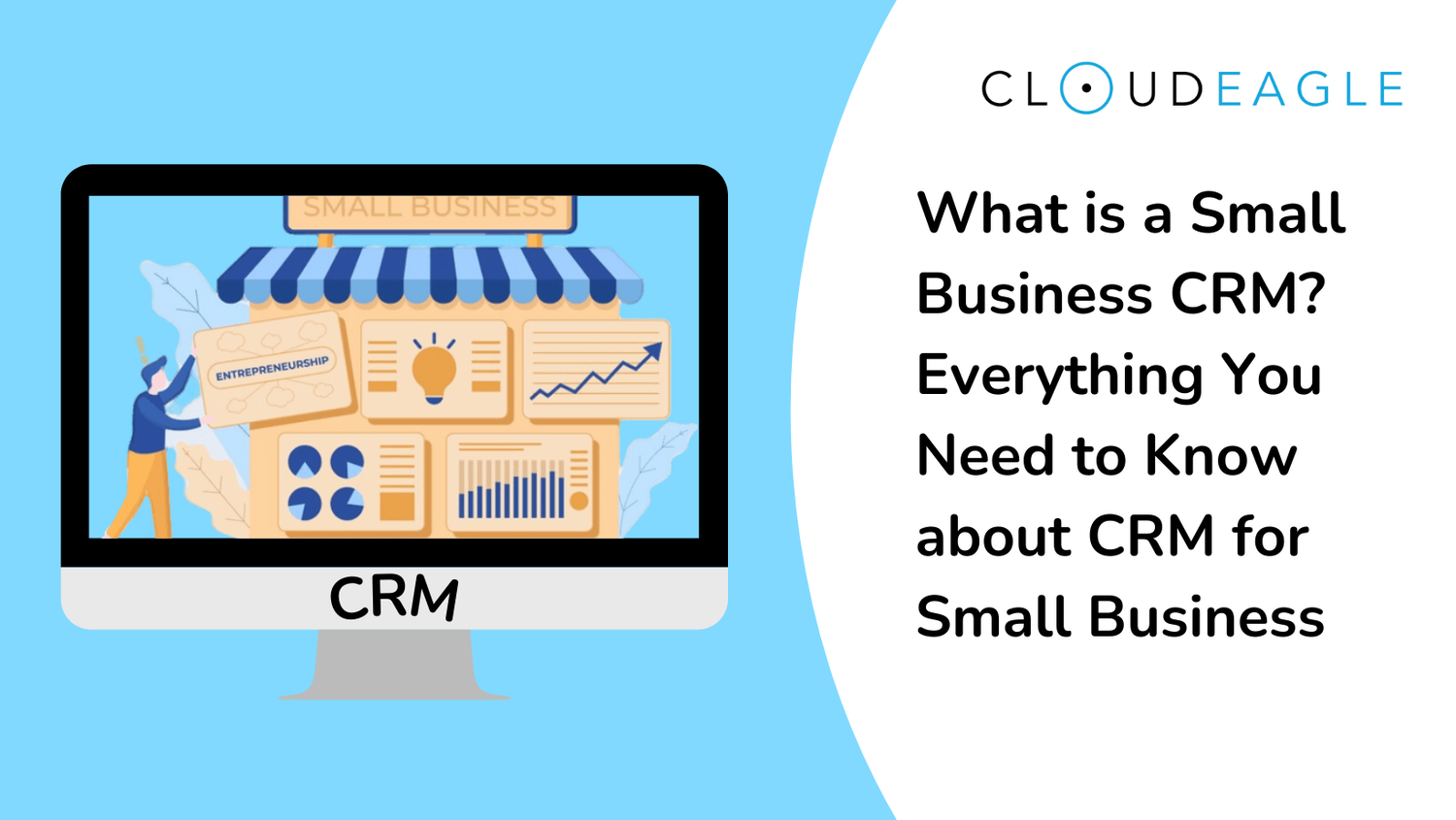
Introduction: Why Your Small Business Needs a CRM
Running a small business is like juggling flaming torches while riding a unicycle across a tightrope. You’re constantly balancing multiple tasks, from managing finances and marketing to, of course, keeping your customers happy. In this chaotic yet exhilarating environment, one tool can be your ultimate safety net: a Customer Relationship Management (CRM) system. But choosing the right CRM can feel as daunting as the tightrope itself. That’s where this checklist comes in.
This comprehensive checklist is your compass, guiding you through the process of selecting, implementing, and mastering a CRM that’s perfectly tailored to your small business needs. Forget the generic, one-size-fits-all approach. We’ll delve into the specifics, ensuring you make informed decisions that will streamline your operations, boost your sales, and cultivate lasting customer relationships.
Before we dive in, let’s be clear: a CRM isn’t just for big corporations. It’s a critical tool for any business, regardless of size, that values its customers and wants to grow. It’s about understanding your customers, anticipating their needs, and providing them with exceptional experiences. And in today’s competitive landscape, that’s not just a nice-to-have; it’s a must-have.
Phase 1: Assessing Your Needs – Laying the Foundation
Before you even think about software, you need to understand your business’s unique requirements. This is the bedrock upon which your CRM strategy will be built. Don’t rush this phase; it’s crucial for long-term success.
1. Define Your Business Goals and Objectives
What are you hoping to achieve with a CRM? Are you aiming to:
- Increase sales?
- Improve customer retention?
- Streamline your marketing efforts?
- Enhance customer service?
- Automate repetitive tasks?
Write down specific, measurable, achievable, relevant, and time-bound (SMART) goals. For example, “Increase sales by 15% within the next year.” This will help you prioritize features and functionalities when evaluating CRM options.
2. Identify Your Customer Journey
Map out the stages your customers go through, from initial awareness to becoming loyal advocates. Understand how they interact with your business at each touchpoint. This includes:
- How they find you (website, social media, referrals)?
- Their initial contact (website form, phone call, email)?
- The sales process (demos, proposals, negotiations)?
- Post-sale support and onboarding?
- Ongoing engagement and loyalty programs?
Understanding the customer journey helps you identify pain points and areas where a CRM can improve the experience.
3. Analyze Your Current Processes
How are you currently managing customer interactions? Are you using spreadsheets, email, or a combination of tools? Identify the inefficiencies and manual processes that are slowing you down. This could include:
- Tracking leads in spreadsheets.
- Manually sending emails.
- Searching for information across multiple systems.
- Losing track of customer interactions.
Documenting your current processes is essential for identifying areas where automation and integration can be most beneficial.
4. Determine Your Budget
CRM systems come in various price ranges, from free to enterprise-level. Set a realistic budget that includes:
- Software costs (monthly or annual fees).
- Implementation costs (setup, data migration, training).
- Ongoing costs (support, upgrades, add-ons).
Don’t underestimate the importance of budgeting. Consider the long-term cost of ownership and factor in potential ROI (Return on Investment).
5. Evaluate Your Team’s Technical Skills
Assess the technical proficiency of your team. Some CRM systems are more user-friendly than others. Consider:
- Do you have in-house IT expertise?
- Will you need training and support?
- How much time can your team dedicate to learning and using the CRM?
Choose a CRM that aligns with your team’s skills and available resources. If your team is less tech-savvy, opt for a more intuitive and user-friendly system.
Phase 2: Choosing the Right CRM – Navigating the Options
Now that you understand your needs, it’s time to explore the CRM landscape. There’s a vast array of options available, each with its own strengths and weaknesses. This section will guide you through the selection process.
6. Research CRM Vendors
Start by researching various CRM vendors. Consider:
- Popular CRM Platforms: Salesforce, HubSpot, Zoho CRM, Pipedrive, Freshsales, and many more.
- Read Reviews: Explore websites like G2, Capterra, and TrustRadius for user reviews and ratings.
- Industry Specific CRM: Some CRM systems are designed for specific industries, such as real estate, healthcare, or e-commerce.
Create a shortlist of potential vendors based on your research and initial assessment.
7. Identify Key Features
Based on your needs assessment, identify the essential features your CRM must have. Consider:
- Contact Management: Store and manage customer contact information, including names, addresses, phone numbers, and email addresses.
- Lead Management: Track leads through the sales pipeline, from initial contact to conversion.
- Sales Automation: Automate repetitive sales tasks, such as email follow-ups and task creation.
- Marketing Automation: Automate marketing campaigns, such as email newsletters and drip campaigns.
- Reporting and Analytics: Generate reports and analyze data to track performance and identify trends.
- Integration: Integrate with other tools you use, such as email marketing platforms, social media, and accounting software.
- Mobile Accessibility: Access your CRM data on the go via a mobile app.
- Customer Support: Provide customer support through various channels, such as email, phone, and live chat.
Prioritize the features that are most critical to your business goals.
8. Evaluate Pricing Models
CRM systems offer various pricing models. Understand the differences and choose the one that best suits your budget and needs:
- Free Plans: Offer limited features and are suitable for very small businesses.
- Subscription-Based Pricing: Monthly or annual fees based on the number of users or features.
- Usage-Based Pricing: Fees based on usage, such as the number of contacts or emails sent.
- Enterprise Pricing: Custom pricing for large businesses with complex needs.
Compare pricing plans carefully and consider the long-term cost of ownership.
9. Request Demos and Trials
Once you have a shortlist of vendors, request demos and free trials. This is the best way to evaluate the CRM’s user interface, features, and ease of use. During the demo or trial:
- Test the Features: Try out the features that are most important to your business.
- Assess User-Friendliness: Is the system intuitive and easy to navigate?
- Evaluate Customer Support: Contact the vendor’s support team to assess their responsiveness and helpfulness.
- Ask Questions: Don’t hesitate to ask questions about the CRM’s capabilities and limitations.
This hands-on experience is crucial for making an informed decision.
10. Consider Scalability
Choose a CRM that can grow with your business. Consider:
- Can the CRM handle an increasing number of contacts and users?
- Does it offer advanced features as your business expands?
- Can you easily upgrade your plan as needed?
Investing in a scalable CRM will save you time and money in the long run.
Phase 3: Implementing Your CRM – Putting It Into Action
Once you’ve selected your CRM, the real work begins: implementation. This phase requires careful planning and execution to ensure a smooth transition.
11. Develop an Implementation Plan
Create a detailed implementation plan that outlines the steps you’ll take to set up your CRM. This should include:
- Data Migration: How you’ll transfer your existing data from spreadsheets or other systems.
- Customization: How you’ll configure the CRM to meet your specific needs.
- Training: How you’ll train your team to use the CRM.
- Timeline: A realistic timeline for completing the implementation.
A well-defined plan will minimize disruptions and ensure a successful implementation.
12. Migrate Your Data
Carefully migrate your data from your existing systems to your new CRM. This includes:
- Cleaning Your Data: Remove duplicate entries and correct any errors.
- Formatting Your Data: Ensure your data is in the correct format for the CRM.
- Importing Your Data: Use the CRM’s import tools to upload your data.
Data migration can be time-consuming, so plan accordingly.
13. Customize Your CRM
Configure your CRM to meet your specific business needs. This may include:
- Creating Custom Fields: Add fields to store information that’s unique to your business.
- Configuring Workflows: Automate tasks, such as sending emails and creating tasks.
- Setting Up User Roles and Permissions: Control access to data and features based on user roles.
Customization ensures that the CRM aligns with your business processes.
14. Train Your Team
Provide comprehensive training to your team on how to use the CRM. This should include:
- Training Materials: Create user manuals, video tutorials, and cheat sheets.
- Hands-On Training: Provide hands-on training sessions where team members can practice using the CRM.
- Ongoing Support: Offer ongoing support and answer questions as they arise.
Proper training is essential for user adoption and maximizing the CRM’s benefits.
15. Test and Refine
Before going live, thoroughly test your CRM. This includes:
- Testing Data Entry: Ensure data is entered correctly.
- Testing Workflows: Verify that automated tasks are working as expected.
- Gathering Feedback: Collect feedback from your team to identify any issues or areas for improvement.
Make any necessary adjustments based on your testing and feedback.
Phase 4: Mastering Your CRM – Maximizing Its Potential
Implementation is just the beginning. To truly reap the rewards of your CRM, you need to master it. This section focuses on ongoing optimization and best practices.
16. Monitor and Analyze Data
Regularly monitor your CRM data and analyze your performance. This includes:
- Tracking Key Metrics: Monitor sales, customer retention, and marketing campaign performance.
- Generating Reports: Create reports to track progress and identify trends.
- Analyzing Customer Behavior: Understand how customers interact with your business.
Data analysis will help you make informed decisions and optimize your CRM strategy.
17. Automate Workflows
Automate as many tasks as possible to save time and improve efficiency. This could include:
- Automated Email Responses: Send automated replies to inquiries.
- Automated Task Creation: Automatically create tasks for follow-ups.
- Automated Sales Processes: Automate parts of the sales cycle.
Automation frees up your team to focus on higher-value tasks.
18. Integrate with Other Tools
Integrate your CRM with other tools you use, such as:
- Email Marketing Platforms: Sync customer data with your email marketing campaigns.
- Social Media: Track social media interactions and manage your social media presence.
- Accounting Software: Integrate with your accounting software to streamline your financial processes.
Integration creates a seamless workflow and eliminates data silos.
19. Continuously Improve Your Processes
Regularly review and refine your CRM processes. This includes:
- Gathering Feedback: Collect feedback from your team and customers.
- Identifying Areas for Improvement: Identify areas where your processes can be improved.
- Making Adjustments: Make adjustments to your CRM configuration and processes as needed.
Continuous improvement ensures that your CRM remains effective over time.
20. Stay Updated
CRM systems are constantly evolving. Stay up-to-date with the latest features and best practices. This includes:
- Reading Industry Blogs and Articles: Stay informed about industry trends.
- Attending Webinars and Training Sessions: Learn about new features and best practices.
- Networking with Other Users: Share tips and learn from other CRM users.
Staying informed will help you maximize the value of your CRM.
Conclusion: The Power of a Well-Managed CRM
Implementing and mastering a CRM is a journey, not a destination. It requires commitment, planning, and ongoing effort. But the rewards are well worth it. A well-managed CRM can transform your small business, enabling you to:
- Boost Sales: By streamlining your sales process and improving lead management.
- Improve Customer Retention: By providing personalized experiences and building stronger relationships.
- Increase Efficiency: By automating tasks and streamlining your workflows.
- Make Data-Driven Decisions: By providing valuable insights into your customers and business performance.
By following this checklist, you’ll be well on your way to selecting, implementing, and mastering a CRM that empowers your small business to thrive. Remember, the key is to start with your needs, choose wisely, and commit to continuous improvement. Your customers will thank you for it.


